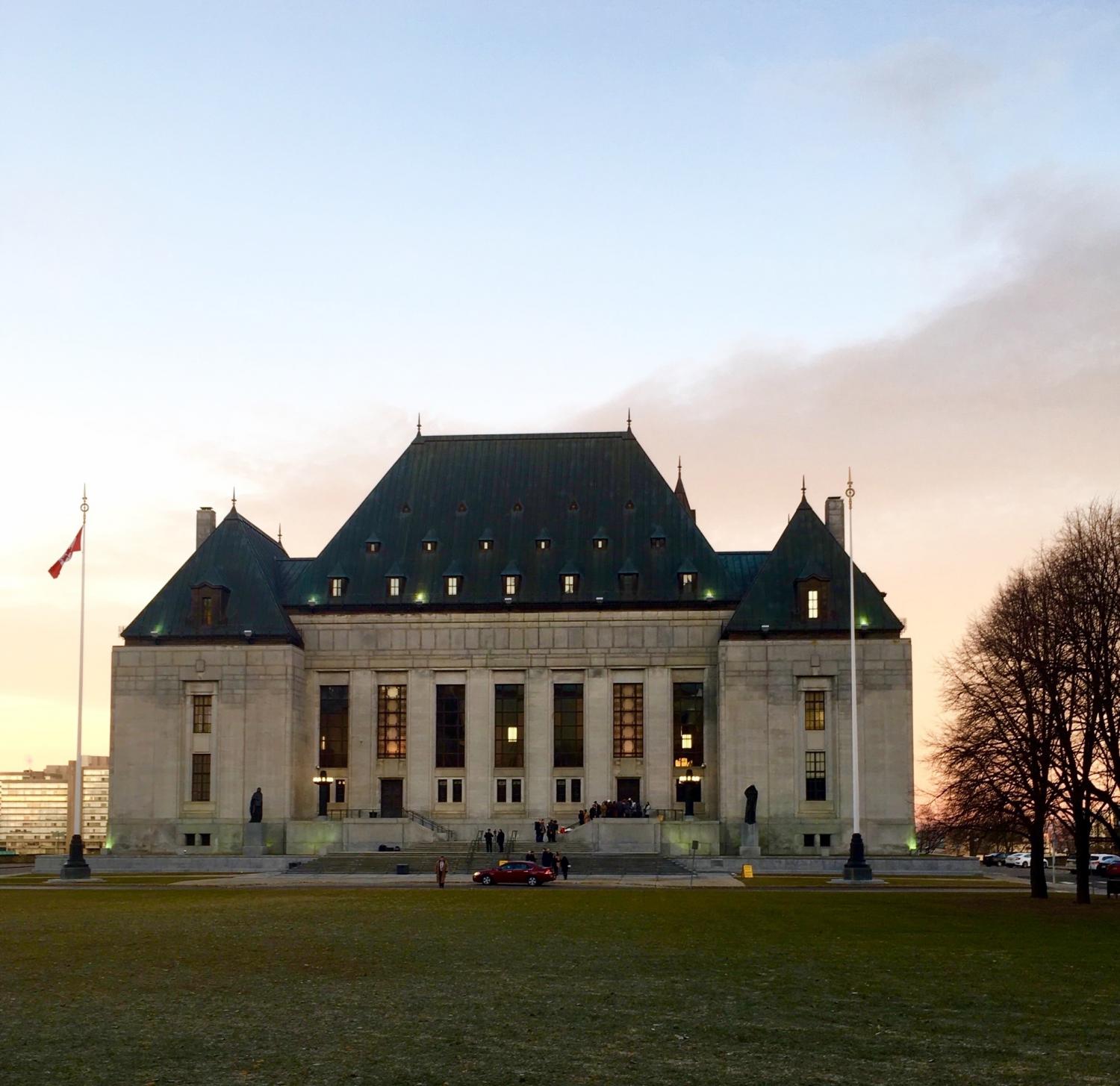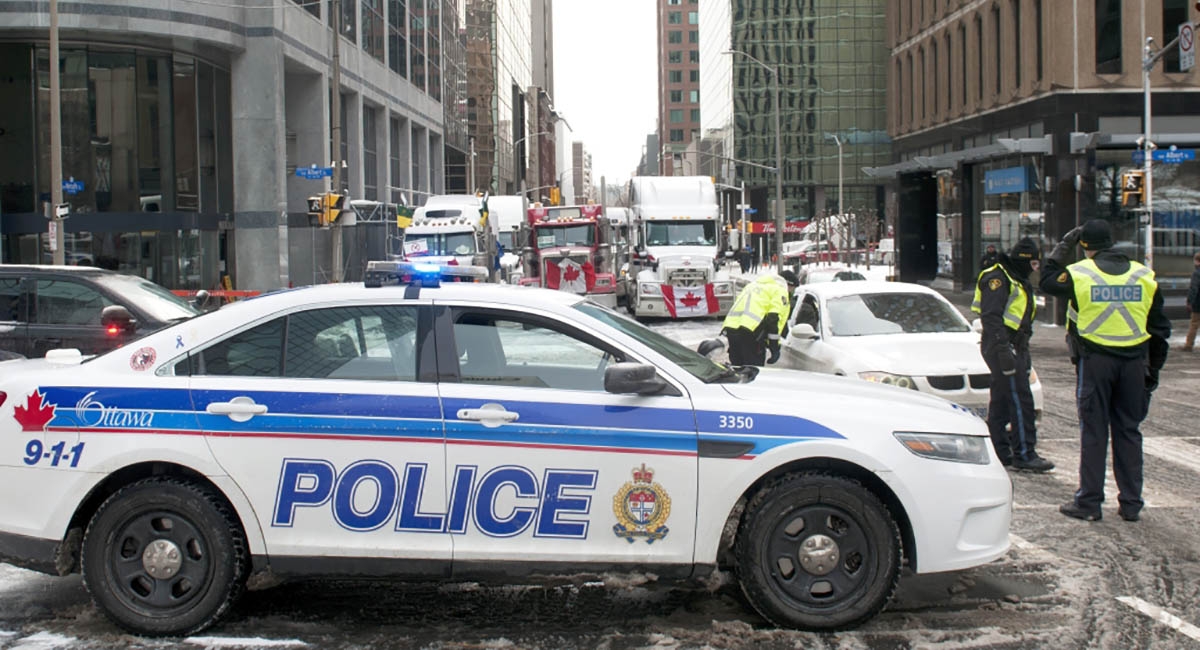
Making the cuts, making the grades
It was all very predictable. Last year’s PC election victory was a juggernaut with or without Doug Ford. The PCs could have run Daffy Duck as a leader and clobbered Kathleen Wynne’s Liberals. The provincial deficit was a big, easy target for a tax-and-spend hating Ford, so when the first PC government since Mike Harris came to power, it was all very predicable that bad news was coming to the education sector in Ontario.
Healthcare and education are two huge budget items in a province whose debt to GDP ratio jumped from 27 per cent to 40.2 per cent in the last ten years. Servicing such a debt puts great pressure on the sustainability of government programs, so it is no wonder that education spending and the return on that investment are being scrutinized.
The numbers alone tell the story. Between 2006 and 2016 spending on education in Ontario skyrocketed 31.5 per cent from $20.2 billion to $26.6 billion during a period when enrolment declined by 5.2 per cent. Asking where the money went is a more than fair question for the government and taxpayers to ask. 72 district school boards and 10 school authorities administer Ontario’s schools with total government investment excluding capital spending amounting to $23.9 billion in 2017-2018.
During the McGuinty years, spending on wages and salaries for public school employees grew by 48.4 per cent with the biggest chunk being allocated to teacher pensions, a figure which grew by more than 100 per cent. Increases in capital investments and program areas like special needs paled in comparison.
One year in and analytical reports are everywhere, including one released by the Fraser Institute on June 4th. Preston Manning and Mike Harris have lurked among its ranks, and so when the right-leaning, even libertarian, think tank issues an unflattering analysis of a Conservative budget, the absence of cheerleading should be taken seriously. The report gave the Ontario PCs’ deficit reduction strategy a failing grade by comparing the 2011 McGuinty budget with that of the first Ford budget and concluding that “the new government has embraced strategies similar to those of its predecessors.” Given that Fraser has stated that Ford is mirroring previous “unsuccessful attempts” to balance the budget, Ontario parents have to asking themselves if all of the cuts to education amount to all pain with no gain.
Pain is being reported on a daily basis with budget gaps at the school board level resulting in staff and program cuts, and it’s not just curriculum that true-blue PCs might consider to be frill subjects like music, drama, or literature. Courses are being dropped in areas of study that are essential to the well being of a post-modern economy. In a letter to (former) Education Minister Lisa Thompson, the chair of the Peel District School Board in suburban Toronto, Stan Cameron, reports that Peel is seeing cancelled courses in business, computer studies, mathematics, and science.
One example is Grade 12 Physics, a mandatory requirement for some university pathways but a course whose enrolment may total only 12 students because physics is a very focused, theoretical branch of science with relatively few employment opportunities, and so it has disappeared from many schools.
Program cuts are made at the board level, so choices can be made according to the numbers or by those “jobs of tomorrow” that the PCs have factored into a new curriculum designed to shore up sagging math scores. But it’s schools and their boards who deal directly with the demands of parents, and an argument could be made that a new course in personal financial planning at the Grade 10 level should be taught at home and not in the classroom. Perhaps it boils down to what we expect our education system to do.
Parents and teachers are wondering what all of this means. Liz Stuart is the President of the Ontario English Catholic Teachers Association and her numbers shed light on what’s to come. Liz anticipates her current membership of 45,000 will drop by 1,200 teachers in each of the next two years to a total reduction of as many as 4,000 fewer teachers when cuts have filtered through the system. She passionately points out the excellence of Ontario’s education system, but warns that “this is going to be a massive jump back for us. And it won’t be because the teachers in the classrooms are any less able or capable or willing to work with their students. It will be that there are limits. You can’t do more with less.”
The full effect won’t be known until September, but school boards are already issuing redundancy or layoff notices. The PC narrative is that no teacher will lose their job thanks to a $1.6 billion attrition fund over four years. The fund would prevent layoffs in cases in which there were not enough retirements to absorb the cuts. However, it is a nuanced message about zero job losses versus the permanent elimination of teaching positions.
Attrition fund or not, there will simply be fewer teachers in your schools in September, and the September after that. In schools where enrolment is declining, the attrition fund will not compensate for staff reductions and that is particularly hard felt in small and rural communities.
On average, high school class sizes will rise from 22 to 28 students, with the PCs pointing out that this will bring Ontario in line with other provinces. Class sizes will increase slightly in elementary schools, especially from Grades 4 to 8.
Liz Stuart of the OECTA delights in pointing out that “Ontario has, and the Minister (Thompson) herself has said this all the time, a world class education system. We have incredibly high graduation rates that have improved substantially over the last 15 years.” The Conference Board of Canada agrees, and ranks B.C., Alberta, and Ontario at the top of its national Education and Skills score card, with Ontario placing fourth overall internationally.
Bringing Ontario class sizes in line with other provinces requires a strategy to compensate for the proven negative effects of larger class sizes and reduced contact time with teachers. E-learning is being touted as the answer, but evidence-based research indicates that there are big challenges in adapting it to this learning space. This is because e-learning was developed by document companies like Adobe and Microsoft to provide training delivery and management solutions to large corporations.
The PC plan is to have every HS student complete a mandatory four credits by e-learning by 2021. Virtual classrooms have been around a long time, and the blended learning model keeps teachers front and centre, but e-learning positions a student in an isolated course of study consisting of nothing but unsupervised homework.
Academic rigour, plagiarism, fair and equal internet access, and motivation have to be factored in to what is currently a vague plan and there is no e-learning proponent who would argue that it is a substitute for real teachers or that it is suited to adolescent learners. If the rationale is to save on infrastructure and staff, then consider that e-learning itself requires a big, highly-paid IT team and a honking big internet bill.
If Ontario is tied for top rank in the country, and the PC plan is to bring its education in line with other provinces, then any intelligent plan needs to consider that it takes a long time to reverse a downward trend. Furthermore, equity falters because students deemed to be at-risk or have special needs will be the most severely affected.
The Conference Board of Canada describes education as being “the most powerful route to improving private and public prosperity and well-being.” “Open for Business” is the Ford mantra, even if it does make Canada’s biggest province sound like some Ohio rustbelt hellhole that’s never recovered from the closure of the canned beans plant. So how does one square with the other?
Supporters point to the provincial debt and deficit. Opponents point to a fiscal situation being aggravated by buck-a-beer, the disappearance of cap-and-trade revenues, and corporate tax cuts at a time of record low unemployment. Supporters remind taxpayers of such irritants as teachers banking sick days. Opponents remind the PCs that the previous Liberal government slashed sick days from 20 to 11 and ended the practice of banking, and so it goes back and forth with the most important voices in the debate shouting from the sidelines.
Brigit is a student activist in Ottawa. “We’re getting hit on all fronts. It’s the little things, like less social interaction for developing youth and less personal time with teachers to answer questions, but also huge things such as less therapy money per family. This government, that’s supposedly for the people, said they did this huge consultation that they asked the people of Ontario, but this is something so many Ontarians don’t want. We can see the impacts, and it’s a disaster.”
Her final comment sums up the frustration she and her peers feel: “Thank you for giving us students a voice, it’s not everyday that we get one.”
Postscript: In the interest of balance, several invitations were sent to (former) Minister Thompson’s office to participate in this article, but a response was never received from “Ontario’s Government for the People”.












